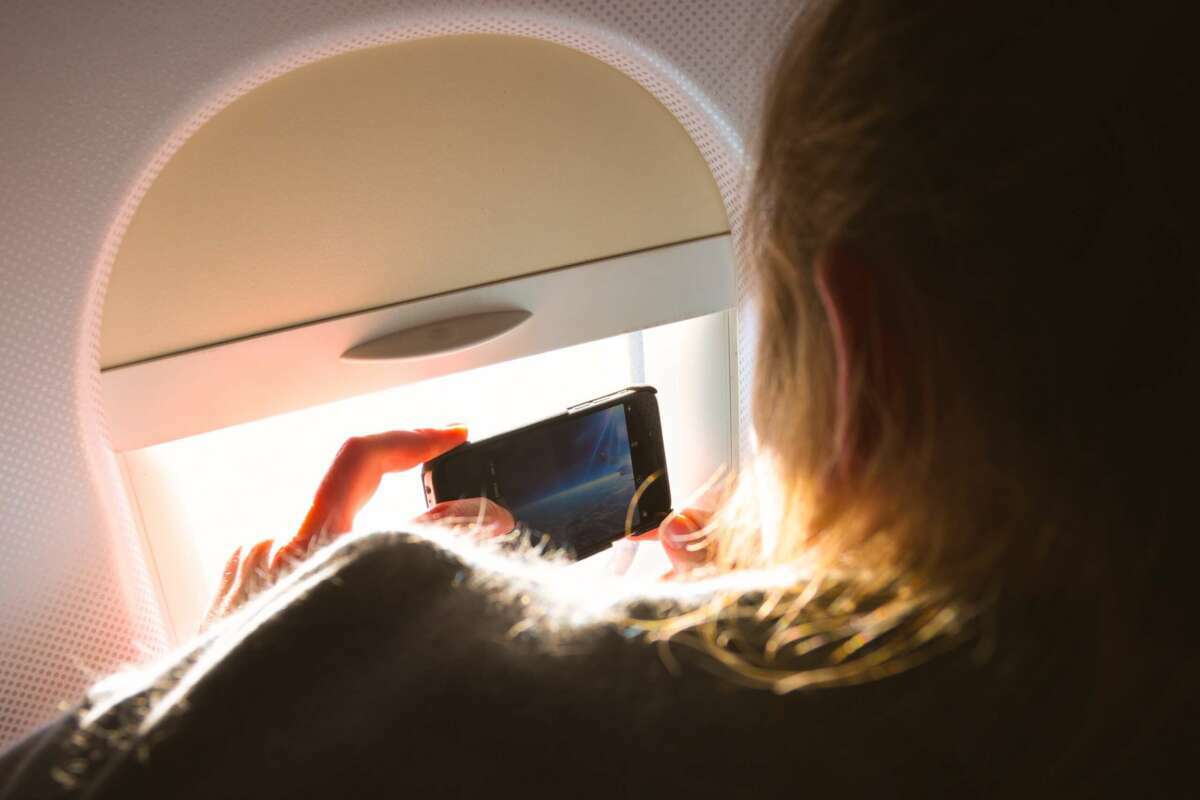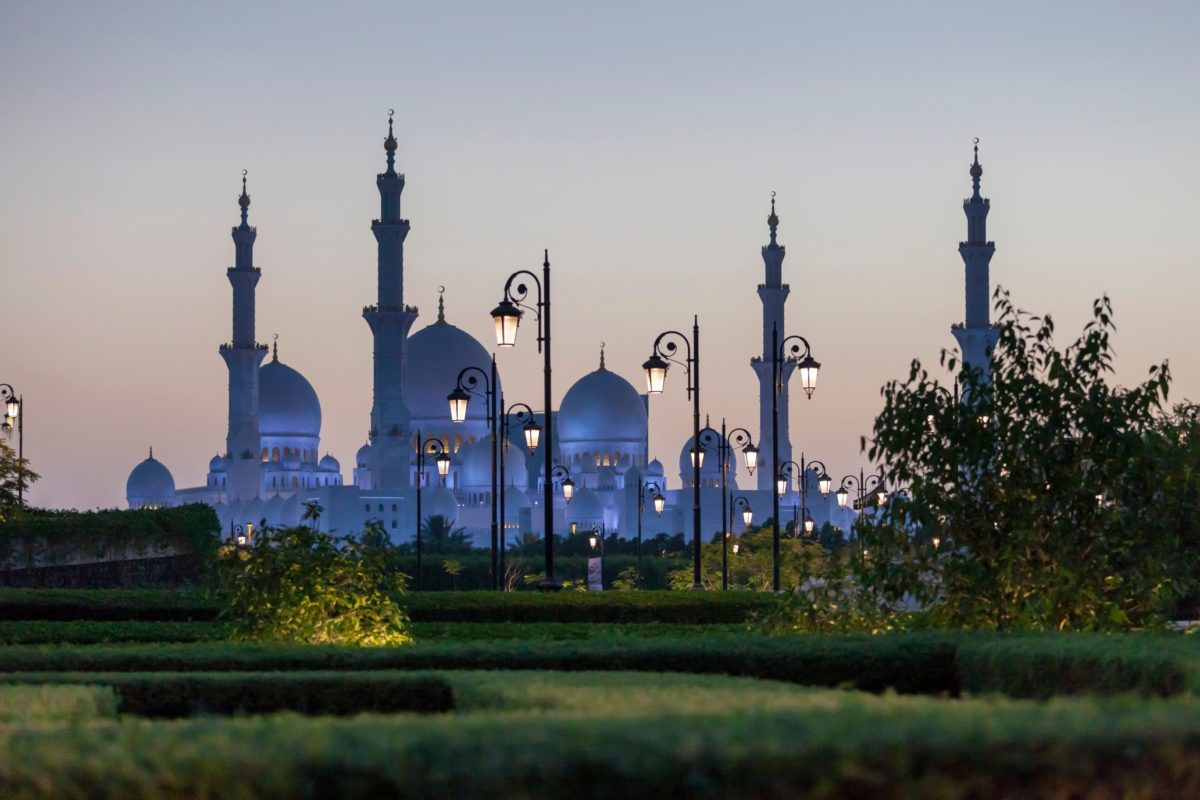Royal Caribbean Cruise Lines has launched a new advertising campaign that appears to be the perfect intersection of luxury, marketing and tech, and also the quintessential sign of our times. Outdoor ads all over Manhattan show screen shots of fictional Instagram pages with gorgeous photos of luxury life onboard their ships and on excursions to various photogenic ports of call. The ads are complete with multiple hashtags, and of course the obligatory tally of the number of (fictional) likes each post has garnered.
Cruise season is beginning, and amid the swirl of bad news about the Zika virus and geopolitical unrest, this is a rallying cry that might still coax us out to sea: impress your friends and family with your fabulous lifestyle! Viruses be damned!
500 million people are monthly users of Instagram (300 million are daily active users). 76% of social media users post photos on social networks either during or after their holidays. Which raises the question: if you go on vacation and no one sees your photos, have you really gone?
The right vacation photos are a quick way to boost one’s social currency, and this is not lost on luxury companies of all types. Carnival Cruise lines has a slightly more low-key approach to the same concept. On the website Refinery29, writers for the site list their top 10 vacation spots – accompanied by gorgeous photos – which can conveniently all be reached on a Carnival cruise ship. The subliminal messaging is “Picture yourself here – and also picture this gorgeous envy-inducing photo on your Instagram page when you get back!”
There’s a mini-industry of tutorials online providing tips on which camera to bring on vacation, techniques for photo-taking, and what to do with your photos while you’re away and once you return. There are how-to blog posts on which shots tend to be most popular on social media, and the best way to tag your vacation photos to maximize traffic to your site (which doesn’t seem all that complicated, as among the top recommendations are #travel and #vacation.)
I’m sure that I’m not the only one who has friends (and I use this term lightly) who I generally only hear from via Facebook or Instagram when they are either on vacation in an exotic place, or recently returned. For people I really care about, it’s great fun to see them posing with a donkey in Marrakesh, or sharing pintxos with their kids in San Sebastian (I considered myself fairly well-educated, but that particular post sent me scrambling to the internet, where I learned that pintxos are small snacks traditional to the Basque region in Spain, and that San Sebastian is a resort town on the Bay of Biscay. You see? You can even humble brag about your friends’ Instagram photos: I have rich friends who take vacations so exotic that I’ve never even heard of the places they’re visiting!) This is all good fun when it’s friends sharing pics, but we’re on overload looking at vacation photos from people we barely know.
I read an article in the New York Times recently in which the columnist complained that sometimes his friends start sending photos one hour after their arrival on vacation. Which caused him to wonder, and I share the sentiment: who is this vacation for? And how is it a vacation if you have to spend the entire time chasing that perfect social media image?
This particular article concluded with the recommendation that people limit themselves to three photos per vacation, preferably posted after they return. I’d add that they should be sent only to people who would actually want to see them, not people you knew from high school who you’re still trying to impress. #LetItGo.
Savvy luxury marketers in tune with their target consumers are explicitly facilitating the need for the perfect photo to accompany your vacation. The lobby of the Hilton Hotel in midtown Manhattan has an oversized video monitor to facilitate the taking of selfies and group photos. In Paris it’s common to see tourists posing for photos in front of the flagship LV store on the Champs Elysee. It won’t be long before we start seeing the kinds of signs that Disney posts in its theme parks alerting you to ideal locations for an iconic photo all over town, now that a selfie is the current-day version of a postcard.
Taking it a step further, for those who don’t want to be bothered taking their own photos, hotels and travel companies are now offering packages that include a photographer to document your trip. Or you can book a photog yourself through Tripshooter or Flytographer — $250 will get you a 30-minute photo shoot.
Still not satisfied? London-based tour operator Black Tomato has a new “Drone the World” service that will put smartphone pictures to shame. Launched August 1, the company works with Tim Browning, Star Wars concept artist, to book a professional drone photographer to travel with you and deliver “cinema-quality” aerial shots of your trip. A long weekend in Iceland will set you back $13,800 and two weeks in Mongolia can be had for $50,000 (all-inclusive). There’s clearly an arms race underway: next stop, your own personal satellite shot into the stratosphere, so you can document your vacation from outer space.
The luxury business has for centuries been built in part on our deeply-felt need to signal our status vis-a-vis other people. Social media has merely facilitated the speed and breadth of distribution for our messages about our personal wealth, power, taste and intelligence. The Metropolitan Museum of Art notes that centuries ago, “many artists benefited from the patronage of Grand Tourists . . . Pompeo Batoni painted portraits of traveling aristocrats in Rome; the British artist Richard Wilson made drawings of Italian palaces while traveling with the earl of Dartmouth in the mid-18th century.” For generations, the elite have been showing off/boring other people with their vacation pictures.
Having noted all the downsides of being Instagram-obsessed, it’s important to note that posting travel photos on social media can have several laudatory effects, even for people who don’t know you: it can grant them a view of places they’ll never see on their own, lift their moods, inspire them to travel more, give them ideas for places to go that never would have occurred to them otherwise, send foot traffic to hidden gems that need the tourist dollars, keep people safe by showing them where travelers are going and what parts of town they’re avoiding, show them how to dress appropriately for the country and climate that they’ll be visiting, and help them understand what not to visit, which will save time, money and disappointment. These are empowering positive steps that in themselves provide everyday luxuries that people need and deserve.
Just be careful: what you post is sending out subliminal messages to the world of which you may not be aware. Researchers from Harvard and the University of Vermont analyzed 44,000 Instagram photos from 166 people. The photos were 70% accurate in predicting an individual’s likelihood of being currently depressed. The depressed individuals posted bluer, grayer and darker images using the Inkwell filter – the non-depressed individuals used the Valencia filter.
Here’s one last thought for the posting-happy who are trying to raise their social status. It may seem paradoxical, but the people I know who are the wealthiest, smartest and most discerning are extremely private; they would never under any circumstances post a photo of themselves on holiday for all to see. Perhaps take a lesson from the great Greta Garbo: less can be a lot more. In this noisy image-saturated era, the most effective and distinctive personal branding strategy might just be donning a cloak of mystery.









